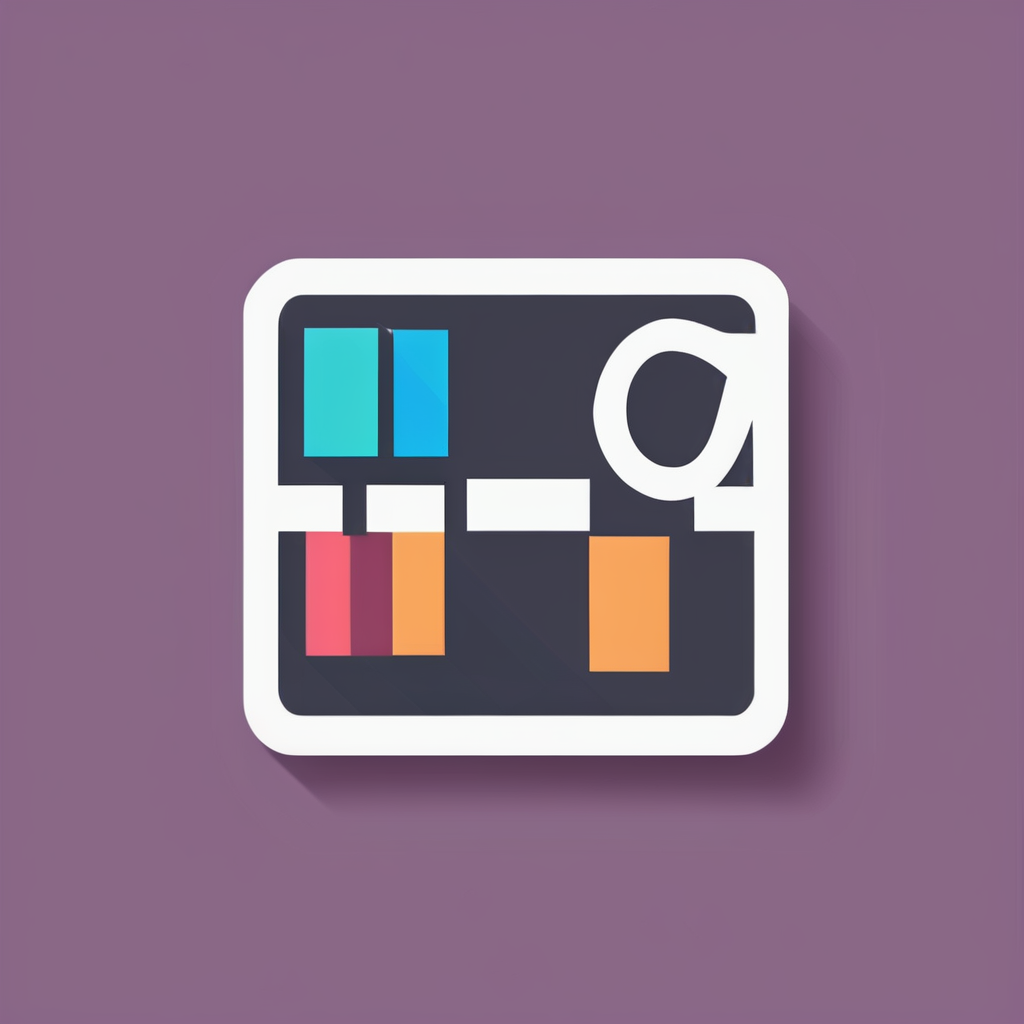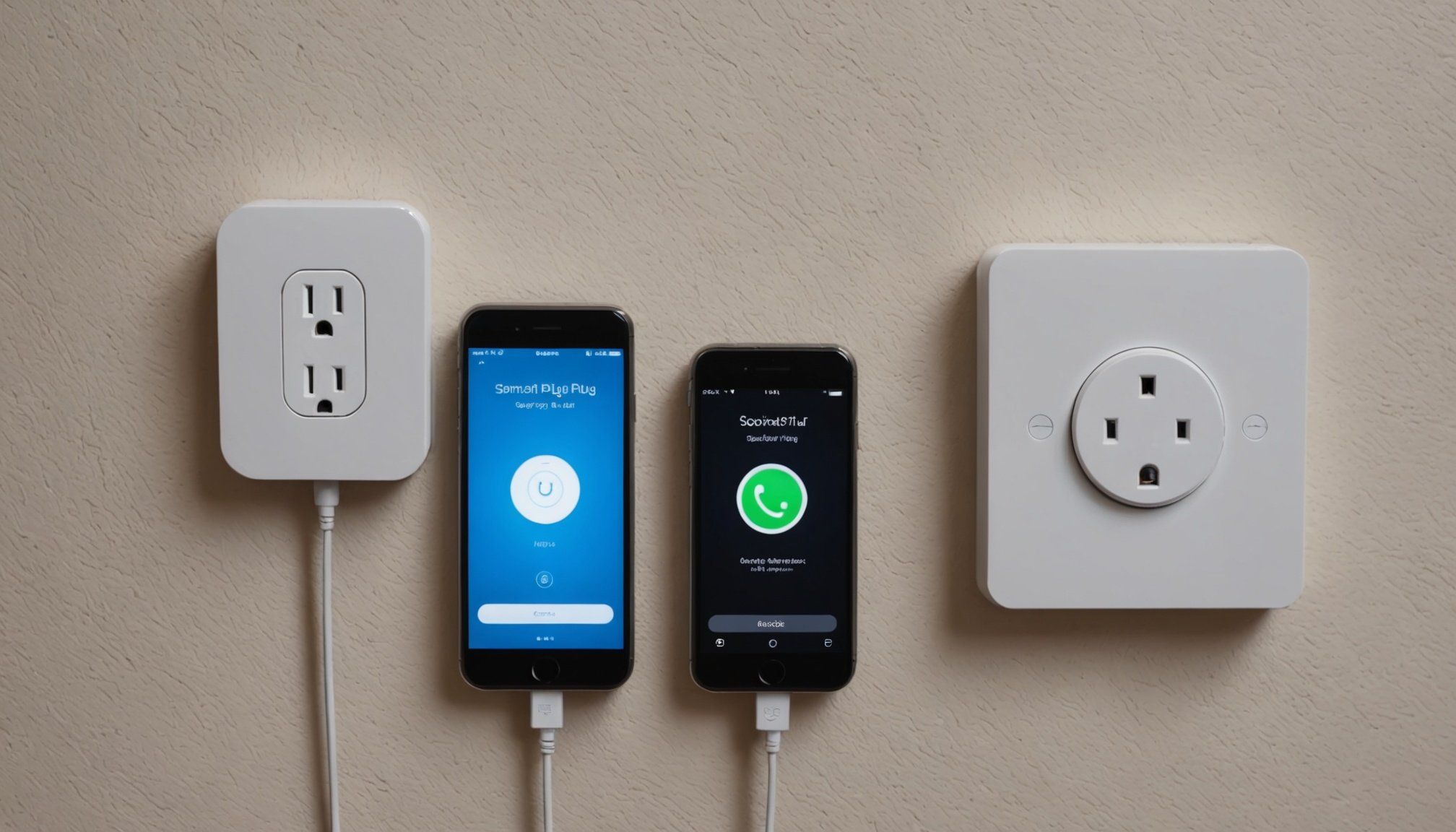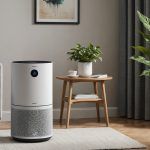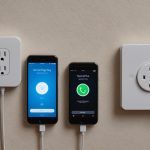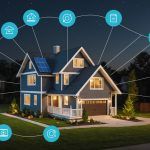Overview of Smart Plugs
Smart plugs are revolutionary devices designed to connect traditional electronics to a smart home ecosystem. Their primary purpose is to offer seamless control over plugged-in devices through smartphones or voice commands. By simply plugging them into a wall outlet, users can connect lamps, fans, or any electronic equipment, making their home smarter and more energy-efficient.
Connecting smart plugs to smartphones is essential for full functionality. It allows users to manage devices remotely, schedule operations, and even receive usage reports. With a dedicated smartphone app, these plugs can be commanded from anywhere, enhancing convenience and modernizing everyday tasks.
Also read : Master Your Mobile: Effortlessly Control Smart Home Air Purifiers for Fresh Indoor Atmosphere
Their potential uses extend beyond simple on-off functions. Smart plugs play a significant role in home automation and energy management. Imagine waking up to the aroma of freshly brewed coffee, thanks to a pre-scheduled start time or checking whether the iron is off while you’re miles away from home. These features not only save time and energy but also improve safety.
In terms of benefits, smart plugs are excellent entry points into the smart home world since they are cost-effective and easy to install. They offer a glimpse into automation without the complexity or cost of other smart home devices.
In the same genre : Mastering Instant Smart Home Management: The Complete Smartphone Supervision Handbook
Preparing for the Connection
Before diving into the smart plug experience, preparing smart plugs is crucial for a hassle-free setup. Start by checking device compatibility. Ensure the smart plug supports your smartphone’s operating system and your smart home devices, like Alexa or Google Home. This assures smooth integration.
Next, focus on Wi-Fi requirements. Smart plugs demand a stable 2.4 GHz Wi-Fi connection. If your network defaults to 5 GHz, adjust it. This frequency is optimal for most smart devices, reducing connectivity issues.
Finally, downloading the essential app is a priority. Most smart plugs come with a dedicated app available on App Store or Google Play. The app facilitates the smartphone setup process. It allows seamless control and monitoring of connected devices. Ensure it’s up-to-date for the best user experience.
These steps ensure readiness for the exciting world of smart plug functionalities, enhancing convenience and control in any space. Remember, solid preparation lays the groundwork for a successful smart home integration. By tackling compatibility, Wi-Fi, and app download upfront, the process becomes smooth, saving users from potential headaches down the line.
Step-by-Step Setup Process
Setting up a smart plug is straightforward with the right steps. Each stage ensures that your device integrates smoothly with your home network and smartphone. Here’s how to do it, step by step.
Unboxing the Smart Plug
Begin with removing the smart plug from its packaging. Ensure all components, like user manuals and warranty cards, are included. Familiarise yourself with the device’s design and buttons to facilitate the later stages.
Connecting to Wi-Fi
Next, connect your smart plug to a stable Wi-Fi network. Make sure your router broadcasts a 2.4 GHz signal, as this is ideal for most smart plugs. Follow the manufacturer’s instructions to enter the network credentials into the device. Confirm that the indicator light signals a successful connection.
Syncing with the App
Finally, download the accompanying app onto your smartphone. This app will facilitate device management. After installation, create an account or log in. Use the app to detect and add the smart plug to your device list. Once added, test the setup by controlling the plug remotely, ensuring proper function.
Troubleshooting Common Issues
Encountering problems with smart plug devices is not uncommon, but many solutions are straightforward. Here’s how to address some typical connectivity problems and setup errors effectively.
Identifying and Resolving Setup Errors
One common hurdle is the smart plug not connecting during setup. To resolve this, ensure your smartphone and plug are on the same Wi-Fi network. The app should guide you through the connectivity process, but restarting your router may also help rectify persistent issues.
Tips for Fixing Wi-Fi Connection Issues
Smart plugs require a stable 2.4 GHz Wi-Fi connection. If your device won’t connect, verify that your Wi-Fi router is set to broadcast this frequency. Additionally, ensure the smart plug is within range of your Wi-Fi router to maintain a steady signal.
Understanding LED Indicators and Their Meanings
LED indicators on smart plugs provide crucial information about their status. A flashing light might indicate a failure to connect to Wi-Fi, whereas a steady light typically means the device is functioning well. Refer to your plug’s manual for detailed interpretations associated with specific light patterns. This can facilitate both setup and troubleshooting, ensuring your smart plug operates smoothly.
Maximizing Smart Plug Functionalities
Smart plugs offer a broad array of functionalities that enhance home automation and boost energy efficiency. Understanding and utilizing these features transforms ordinary devices into intelligent, manageable components of your living space.
Overview of Scheduling and Automation Features
With scheduling capabilities, users can pre-set times for devices to turn on or off. This not only saves energy but also improves convenience. Automation allows for more complex scenarios, like syncing lights with sunrise or sunset. Smart plugs can easily integrate with smart home ecosystems, such as Alexa or Google Home, enhancing their functionality. Voice commands can be used to operate devices, making it both simple and efficient.
Tips for Monitoring Energy Usage and Saving Costs
Smart plugs usually include features for monitoring energy consumption. This data helps identify which devices consume the most power, allowing for informed decisions on energy usage. Coupling this with automated schedules can significantly lower electricity bills. Maximizing these functionalities contributes not just to a smarter home, but also to a more energy-efficient lifestyle. With the right setup, your smart plug becomes an indispensable tool for optimising your home’s resources, providing both convenience and cost savings.
Frequently Asked Questions
Smart plugs add an exciting dimension to home convenience, yet they often come with several frequently asked questions. Here, we address common inquiries to enhance user understanding and support.
Compatibility Queries
Are smart plugs compatible with all devices? Smart plugs generally work with most household devices but may face limits with high-power appliances. Verify the plug’s power rating against the device’s requirement to ensure compatibility. Do they work with any operating system? Most popular smart plugs support Android and iOS. Always check the plug’s specifications to confirm support for your specific device.
App Functionality
How do I use the app effectively? Once you download the app, it facilitates easy control over smart plugs, allowing you to schedule and monitor energy usage. Explore app settings to maximize features and tailor functionality to your needs. Can I use multiple plugs on one app? Yes, many smart plug apps allow you to manage several devices within one interface, enhancing control over connected gadgets.
General Troubleshooting
Why won’t my smart plug connect to Wi-Fi? Ensure the Wi-Fi network is working on a stable 2.4 GHz signal and that the plug is within range. Restarting your router often resolves connectivity issues. What does a blinking LED mean? Typically, a blinking LED indicates either a connection issue or setup in progress. Consult the user manual for specific indicators.
